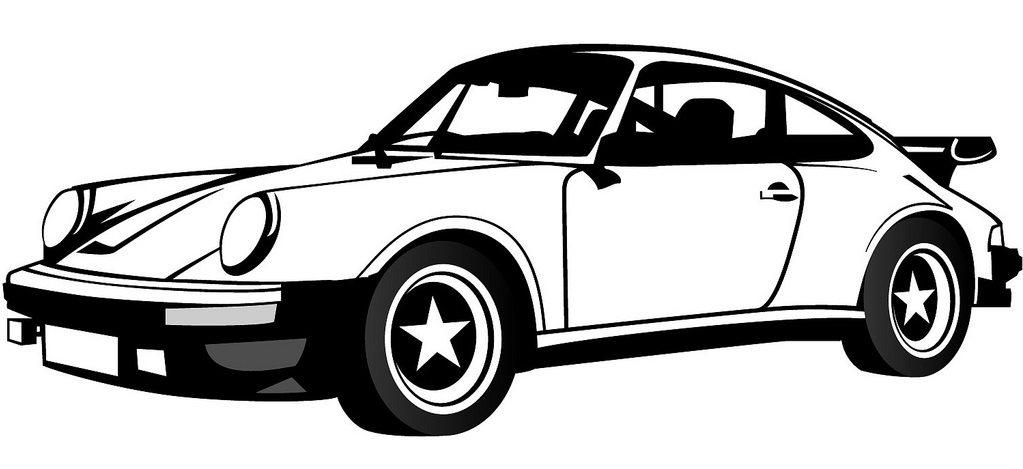Does anyone have from the time period the cars were new what the published 0-60 times were and the difference between the Packard 352 and the Studebaker supercharged 289? I know the 289 was limited to 4,500 rpm do to valve float. I had a 56 Ultramatic equipped Golden Hawk and my current 1957 Golden Hawk is a 3 speed overdrive. Also if anyone had 0-60 on a 275 hp Clipper vs 1957 Clipper with Supercharger?
Bob Miles
Curiosity killed the cat but satisfaction brought him back
Bob Miles
Curiosity killed the cat but satisfaction brought him back




Comment